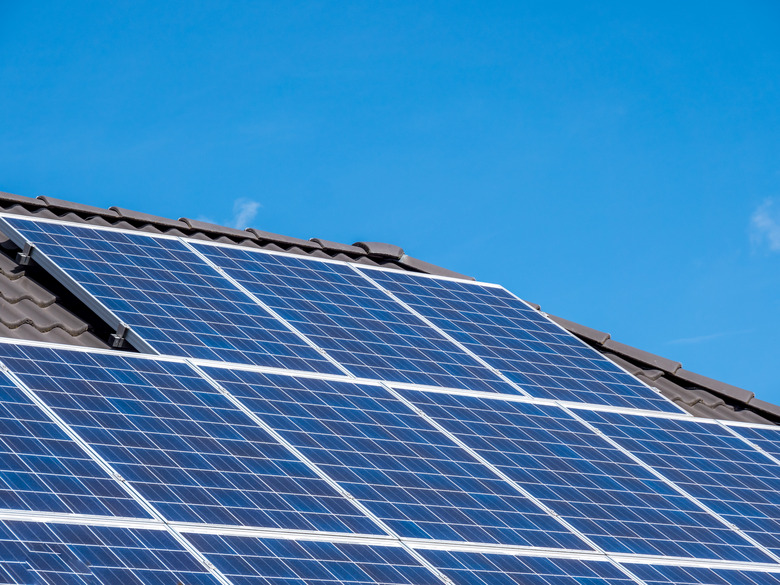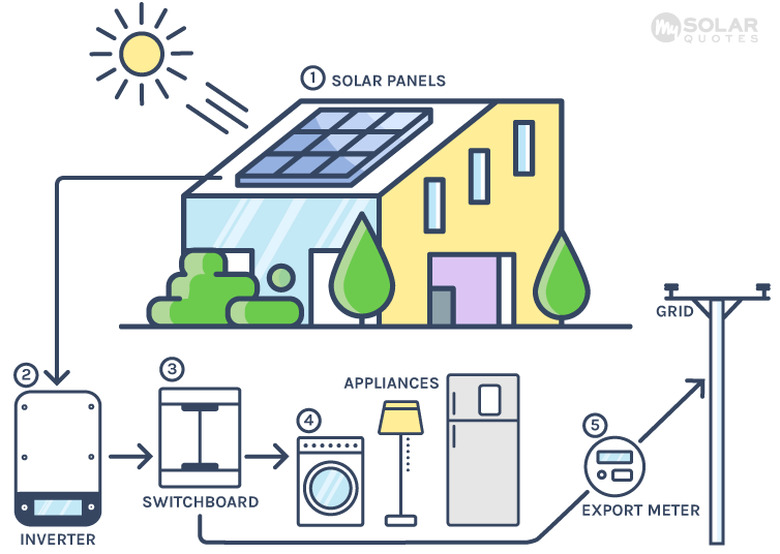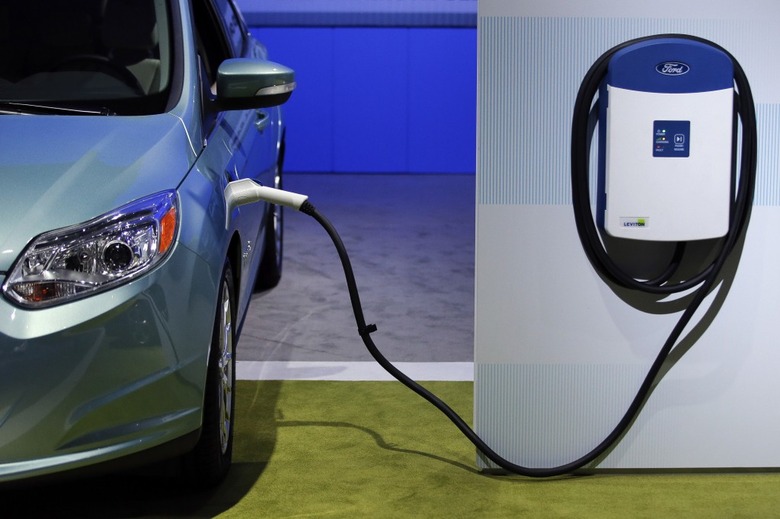Are Solar Panels Worth It?
Of all the big-ticket items you can buy for your home, how many offer a reliable, long-term return on your investment, or ROI? A new roof, a paint job, a patio or driveway surface, a fence, upgraded appliances? While each of these improvements can theoretically provide a modest boost in home value, there is no guarantee of monetary return and no way to accurately estimate it. Also, many expensive home upgrades depreciate quickly, offering significantly less value over time. Not so with solar panels.
A solar electric, or photovoltaic (PV), system starts paying you back the minute the panels are fully installed (as long as there's some sun), and they continue to provide ROI for the life of the panels, which is guaranteed to be 25 or 30 years and very likely might be up to 50. In addition, solar electricity offers undeniable environmental benefits over conventional energy sources. These benefits also are realized over the entire life of the panels.
So, it's easy to argue that solar panels are worth it, especially if you like the idea of potentially decades of free electricity and/or you'd like to take an active role in addressing climate change. Determining just how worth it they are is a matter of time.
Long-Term Payback Makes Solar Panels Worth It
Long-Term Payback Makes Solar Panels Worth It
The "I" in ROI is a key factor in calculating how long it takes solar panels to fully pay for themselves. A sizable PV system is no small investment, and it can take many years before your electricity is technically free. Exactly how many years depends on three main factors:
- The cost of the solar system (installed)
- The cost per kilowatt-hour (kWh) of electricity from your
utility - The amount of electricity the panels produce per year
(measured in kWh)
For a basic payback calculation, assume that your PV system cost $10,000, that you pay 12 cents per kWh for utility-supplied electricity, and that the system can produce 6,000 kWh per year. First, multiply the solar production by the cost of local electricity:
- 6,000 x $0.12 = $720
Your system offsets your electricity bill by $720 per year. Next, divide the cost of the PV system by the annual offset:
- $10,000 divided by $720 = 13.89
The payback period is 13.89 years. Once you've reached this point, the PV system has more or less paid for itself, so the electricity it produces going forward is free. This is a reasonable assumption because maintenance costs on residential solar systems are minimal. Solar panels are commonly under warranty for 25 to 30 years. With a payback period of about 14 years, your panels will spend the second half of their lives putting you in the black.
For the record, PV panels lose a small amount of efficiency over time, and manufacturer warranties are primarily there to guarantee a limited rate of loss over the warranty period. However, panels will likely go on producing for many years after their warranty expires. Early solar adopters from the 1970s report that their panels are still working today, and solar experts comfortably throw out 50 years as a reasonable life expectancy for well-made panels.
Incentives Help Make Solar Panels Worth It
Incentives Help Make Solar Panels Worth It
A simple payback calculation is just a starting point, as there are many factors that can affect the actual costs and savings of a PV system. Typically, the most significant factors are the cost of installing the system, the available financial incentives at the time you buy the system, and the electric utility's policies on buying or crediting solar electricity from homeowners.
If you're willing to buy all of the equipment and install it yourself (with the exception of the final hookup to your home's electrical system, which should be done by an electrician), you can potentially reduce the total system cost by about half. This option isn't for everyone, and it requires plenty of research and a little handiness, but the manual work involved is surprisingly less than for many popular DIY projects.
Financial incentives may include tax credits from the IRS, rebates from the utility, and Solar Renewable Energy Certificates (SRECs), which give you monetary credits for the electricity you produce. PV systems installed in 2019 are eligible for a 30 percent income tax rebate. Those installed in 2020 can get a 26 percent rebate, and those installed in 2021 can get a 22 percent rebate. Rebates from utilities vary by company but usually are in the form of one-time cash rebates to offset the cost of a solar system. For more information on incentives available in your area, visit the Database of State Incentives for Renewables & Efficiency (DSIRE) online.
Utility programs for buying solar electricity from customers vary widely and, generally, are not what they used to be. The idea is that when your PV system produces more electricity than your house is using, the extra watts feed the electrical grid, and the utility pays or credits you for them. This applies only to standard grid-tied PV systems, not to off-grid systems. Some utilities buy solar-generated watts at the same rate they charge for selling watts to customers. Others buy watts at a much lower rate. To learn more, simply contact your utility company.
Solar Panels Are Worth It for the Carbon Offset
Solar Panels Are Worth It for the Carbon Offset
Money is one form of return from a PV system; environmental benefit is another. In a different way, this ROI is just as measurable. Every watt of electricity provided by solar energy is a watt that was not produced by burning coal or natural gas, splitting atoms, or even by damming waterways for hydroelectric power. You can calculate the environmental impact—in one form or another—of all of these other energy sources. Meanwhile, the impact of PV power is effectively zero. Of course, there is resource use and pollution related to manufacturing (and even installing) solar panels, but this one-time environmental cost amortized over 25 to 50 years becomes negligible.
Not counting the equipment production and installation, solar energy has virtually no effect on the environment, and it is impossible to waste. Solar panels on rooftops are particularly low-impact because they occupy otherwise unusable space, they don't impact views of nature and they do not alter ecosystems. You can't say that about either wind or hydro power. This is not to prove that solar is the best renewable, but it's certainly the simplest and most accessible form of energy for powering homes.
Solar Panels Are Worth It for Electric Cars
Solar Panels Are Worth It for Electric Cars
Solar power produced at home offers a "turbo" ROI if you own an electric vehicle, or EV. One form of return is free fuel. If you charge an EV at home with your own solar panels, the cost benefit is roughly equal to the amount you would pay for charging the car elsewhere (and could potentially shorten the panels' payback period). Then there's the environmental benefit. In most areas of the U.S., if you're not charging your EV with renewable energy sources, you're essentially driving a coal-powered car, since coal is the primary source of electricity in this country. The car doesn't pollute on the road; it pollutes at the power plant. By contrast, charging your car at home with solar closes the loop and avoids this environmental pitfall, ensuring your car is legitimately emissions-free.




